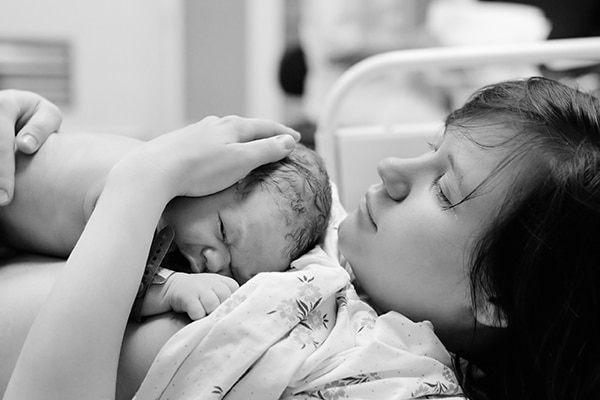 As a certified breastfeeding counselor (CBC), one of the most common concerns you will hear is sore nipples. While some support for sore nipples is outside the scope of a CBC, we can provide general information and information about common remedies.
As a certified breastfeeding counselor (CBC), one of the most common concerns you will hear is sore nipples. While some support for sore nipples is outside the scope of a CBC, we can provide general information and information about common remedies.
Nipple soreness can be a common part of breastfeeding initiation. It can also be a warning sign of an underlying issue. As a CBC, you can help your client problem solve, provide information about common remedies, and refer them to other professionals as needed.
Here are 8 remedies for sore nipples while breastfeeding:
#1: Be Sure The Latch Isn’t Causing Sore Nipples
One of the most common causes of sore nipples is a shallow latch. Improving the latch will often help in reducing soreness.
It isn’t uncommon for newborns to have a shallow latch. They occasionally need prompting to open wide enough to get the nipple on their soft palate instead of the front hard part. If a mother’s nipple is misshapen when baby unlatches, that’s often a sign of a shallow latch.
Provide mothers with information about a good latch, visuals are very helpful. You can also help her explore different positions. In some cases, mom’s position or baby’s position can cause extra pulling and tugging.
#2: Warm and Cold Compresses
Using a warm compress can help reduce irritation of sore nipples. Some women also find cool compresses soothing.
Even once a good latch is established, it can take time for sore nipples to heal. They can also be extra sensitive in the early days as hormone levels adjust.
Some women find alternating between warm and cold compresses beneficial. It’s often ideal to do a warm compress before feeds and a cool compress after. A cool compress before the feed couple make the feed more uncomfortable and slow down milk.
A cool compress after feeds can also help with engorgement and overall breast discomfort.
#3: Lanolin For Nipples
Lanolin made specifically for nipples can be used prophylactically or with sore nipples. Even with an excellent latch, there is some adjustment to breastfeeding. Nipples can initially feel dry and irritated.
A lanolin cream can help moisturize, protect and heal. One important thing to note is that this cream works best if a small amount is put on the finger, allowed to melt slightly with body heat and then applied. Large quantities are not needed to provide relief.
If a mother has a wool allergy, occasionally there can be a cross reaction. This is rare, but it can occur and would cause more irritation.
#4: Use Breastmilk For Sore Nipples
Expressing a bit of breastmilk and gently applying to the nipple can provide some relief from soreness. Breastmilk has anti-inflammatory and anti-infective properties which can further aid in healing minor nipple damage.
#5: Air Drying And Avoiding Excess Moisture
For women prone to leaking, trapped moisture can cause nipple irritation and soreness. Some women like to spend 5-10 minutes, or more, after some feeds allowing their nipples to simply air dry. Others find well absorbing and frequently changed nursing pads helpful.
If there is a lot of leaking, nipple shells and breastmilk collecting cups can be helpful in keeping moisture off the nipples while collecting some extra milk.
#6: All Purpose Nipple Ointment
This prescription ointment was developed by Canadian pediatrician, Dr Jack Newman. He runs the International Breastfeeding Centre.
This ointment contains several ingredients including antibacterial, anti-fungal, and anti-inflammatory properties. This can promote healing if there is any underlying infection causing nipple pain. You can also try Bactroban, which is just for antibacterial purposes.
In some cases, thrush is the cause of nipple pain (which is why his ointment contains anti-fungal properties). In this case, seeing a midwife or physician may be necessary.
#7: Nipple Shields
While these items can be easily purchased, it’s best to use only under the watch of an IBCLC. While these are commonly suggested in mother groups, and can be helpful, they can prolong lactation struggles.
Nipple shields can be beneficial with preemies, when there’s been nipple damage, or when there are other underlying issues. Prolonged use of a nipple shield can impact nipple stimulation and supply for some mothers. For this reason, it’s best to direct mothers to use this with support from an IBCLC.
#8: Temporarily Express Milk
In some cases, latching can simply be too painful. Even once a good latch is figured out, or thrush is being treated, it can be too uncomfortable to latch.
As long as the proper sized flanged and good nipple hygiene is used, some women find expressing for 12-48 hours provides enough time for their nipples to heal.
During this time, it is helpful for baby to use PACED bottle feeding so they are able to transition back to the breast if mom desires.